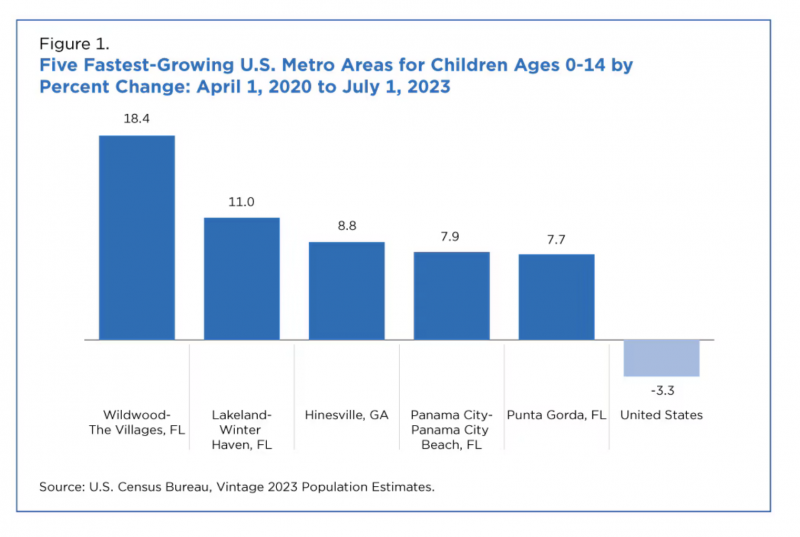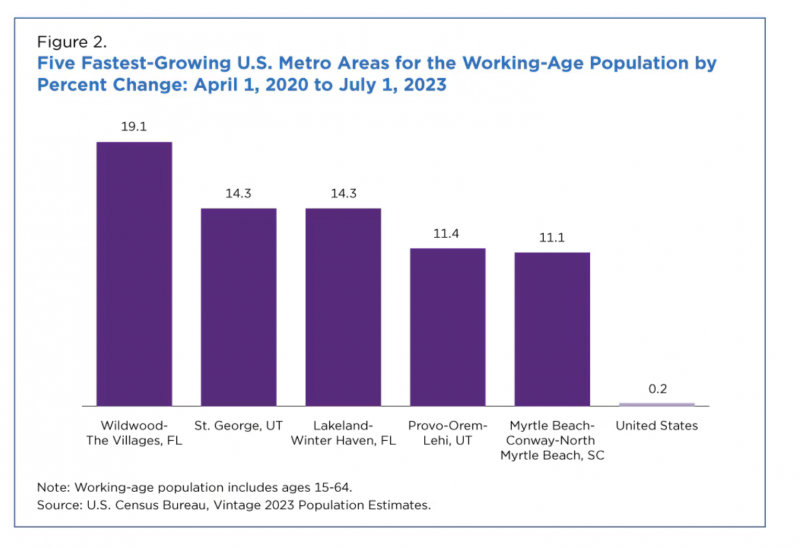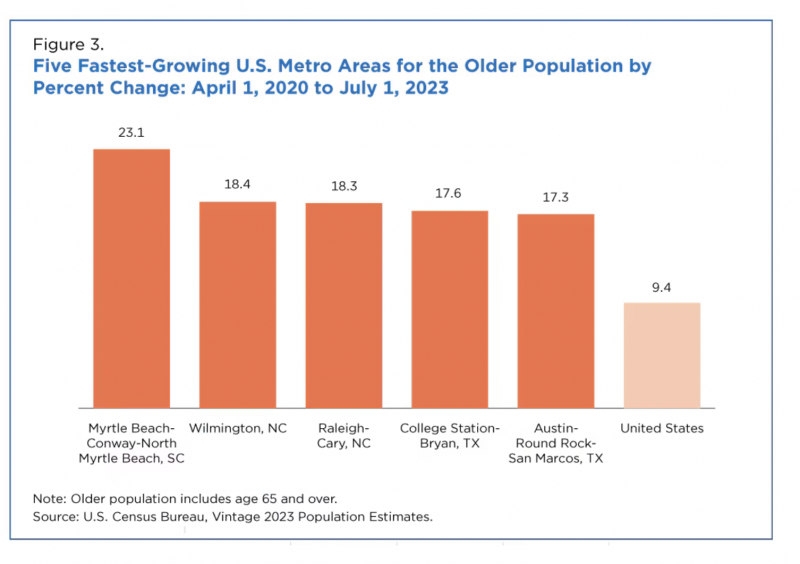Redfin reports that thanks to all-cash buyers, luxury home prices grew nationally more than non-luxury homes in the second quarter of 2024.
SEATTLE — The typical U.S. luxury home sold for a record $1,180,000 in the second quarter, up 8.8% from a year earlier – the biggest increase in nearly two years. Non-luxury home prices grew at less than half that pace, rising 3.8% to a record high median of $342,500, according to a new report from the real estate brokerage Redfin.
Redfin defines luxury homes as those estimated to be in the top 5% of their respective metro area based on market value, and non-luxury homes as those estimated to be in the 35th-65th percentile based on market value.
“The luxury market has withstood the havoc wreaked by high mortgage rates this year, thanks to an abundance of all-cash buyers,” said Redfin Senior Economist Sheharyar Bokhari. “Now that sales are stabilizing and more homes are being listed for sale, it’s unlikely that luxury prices will continue to grow at quite as high a rate.”
High-end buyers were less likely to be impacted by the rate lock-in effect and uncertainty around the direction of mortgage rates, which sat above 7% for much of the quarter. They were also more likely to have benefited from a strong stock market and high levels of home equity. This spring, 43.7% of luxury homes sold were purchased with all cash, up from 43.2% a year earlier. (Note the all-cash data covers the three months ending in May, the most recent month for which all-cash data is available).
Luxury home sales stay positive as non-luxury sales fall
The number of luxury homes sold in the second quarter was virtually unchanged from a year earlier, ticking up by 0.2%, marking the third consecutive quarter of sales growth. Non-luxury home sales fell 3.4% to the lowest second-quarter number in a decade.
“There is still strong demand for well-priced, high-end properties, especially those which are presented beautifully and move-in ready,” said Crystal Zschirnt, a Redfin Premier agent in Fort Worth, TX, where luxury home sales were up 9.7% year on year and typically sold four days faster than non-luxury homes. “We had a client recently list a property for $2.4 million that we ended up selling for $2.6 million. We are still seeing multiple offers in situations where a property is priced accurately, visually appealing and doesn’t need any work.”
Even though the overall market is seeing far less activity than it did pre-pandemic—in large part due to an ongoing supply shortage—the luxury market has made up more ground since. Compared to the second quarter of 2019, luxury sales were down 12.8%, while non-luxury sales were down 20.1%.
Luxury home inventory grows to highest level in 3 years
Luxury inventory rose 9.7% year over year, the fourth consecutive quarter of growth following a major drop off during and after the pandemic. Non-luxury inventory rose 3.9%. It’s worth noting inventory in both categories is still well below pre-pandemic levels.
The number of new listings of luxury homes increased 11%, far outpacing the 2.6% increase in new listings of non-luxury homes.
Luxury and non-luxury homes sitting longer on market
With inventory increasing, luxury homes stayed on the market a median 40 days—two days longer than a year earlier. Non-luxury homes also took longer to sell—a median 31 days—up from 28 days last year.
“We are seeing luxury homes selling within 30-45 days, but that’s a lot longer than in 2022 when they were flying off the shelf,” said Juan Castro, a Redfin Premier agent in Orlando, FL, where inventory ballooned 22.7% in the second quarter, year over year. “International cash buyers are still driving activity, but we have seen a slowdown in local buyers, as it’s really hard to upsize to a luxury home with a 7% mortgage rate.”
Metro-level luxury highlights: Q2 2024
Redfin’s metro-level luxury data includes the 50 most populous U.S. metros. Some metros are removed from time to time, to ensure data accuracy. All changes noted below are year-over-year changes.
- Prices: The median sale price of luxury homes rose most in Providence, RI (16.5% increase to $1,395,000), San Jose, CA (16.4% increase to $4,830,000) and Nassau County, NY (14.3% increase to $2,572,500). It fell in just two metros, in New York (-3.2% to $3,200,000) and Austin, TX (-1.5% to $1,650,000).
- Sales: Luxury home sales increased most in Nashville, TN, (20.4%), Tampa, FL (14.3%) and Seattle (13.9%). They decreased most in Newark, NJ (-20.1%), Baltimore, MD (-15.5%) and Indianapolis, IN (-12.4%).
- Active listings: The total number of luxury homes for sale increased most in Tampa, FL (29.6%), Jacksonville, FL (28.9%) and San Antonio, TX (26.6%). Total inventory fell the most in Newark, NJ (-16%), Chicago (-9.8%) and Atlanta (-6.2%).
- New listings: New listings of luxury homes increased most in Providence, RI (31.5%), Miami (28.1%)and Tampa, FL (27.6%). New listings fell in 11 metros, with the biggest declines in Newark, NJ (-18.3%), San Francisco (-15.4%) and Chicago (-8.9%).
- Speed of sales: Luxury homes sold fastest in Seattle with a median of six days, while Detroit, San Jose, CA and Indianapolis, IN all recorded a median of 10 days. They sold slowest in Miami (114 days), West Palm Beach, FL (108) and Nassau County, NY (81).
10 most expensive U.S. home sales: Q2 2024
- Glenwood Springs, CO (Aspen): $77M
- Glenwood Springs, CO (Aspen): $66.5M
- Los Angeles, CA: $62.8M
- Miami, FL (Miami Beach): $62.5M
- Glenwood Springs, CO (Aspen): $59M
- West Palm Beach, FL (Palm Beach): $51.3M
- West Palm Beach, FL (Highland Beach) $50M
- West Palm Beach, FL (Palm Beach): $49.6M
- Glenwood Springs, CO (Aspen): $48.8M
- Glenwood Springs, CO (Woody Creek): $46M
© 2024 Florida Realtors®





